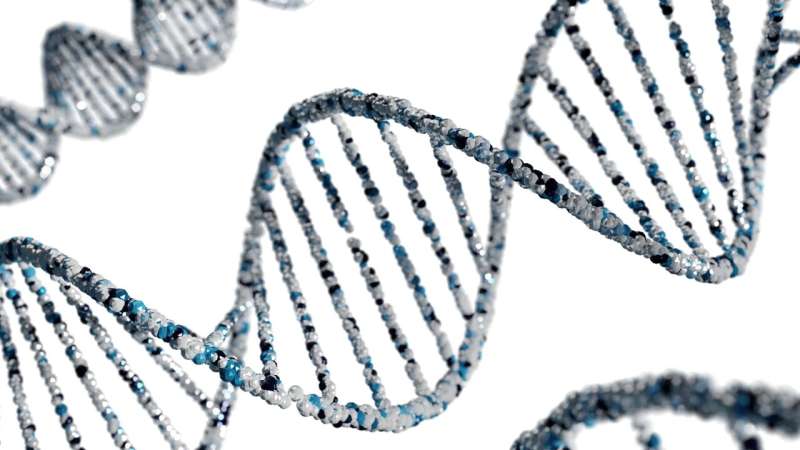This article has been reviewed according to Science X's editorial process and policies. Editors have highlighted the following attributes while ensuring the content's credibility:
fact-checked
peer-reviewed publication
trusted source
proofread
Transdifferentiation with RNA sequencing aids diagnosis of genetic disorders

Researchers at Baylor College of Medicine have tested the feasibility of using human cell transdifferentiation with RNA sequencing to facilitate diagnoses of Mendelian disorders. The approach generated an overall diagnostic yield of 25.4% in a cohort of Undiagnosed Diseases Network cases. The findings are published in The American Journal of Human Genetics.
Functional experiments such as RNA sequencing, which reads the transcriptome or the gene expression in a cell, are often needed to support a genetic diagnosis obtained through exome sequencing or whole genome sequencing. However, the effectiveness of RNA sequencing is limited by expression of disease-associated genes in clinically accessible tissues like blood or skin fibroblasts, cells that contribute to the formation of connective tissue.
"This is especially problematic in neurological diseases because the gene causing the disorder may not be expressed in blood and skin cells," said corresponding author Dr. Pengfei Liu, associate professor of molecular and human genetics and director of the ACGME-accredited Laboratory Genetics and Genomics Fellowship Program at Baylor.
To overcome this challenge, researchers led by first author Dr. Shenglan Li, staff scientist in Dr. Liu's lab at Baylor, converted fibroblasts obtained in skin biopsies to neurons in a process called transdifferentiation. "This method activates neuron-specific gene expression and increases the probability that we can accurately characterize disease-causing mutations in these cells," Li said.
For clinical validation, researchers generated these induced neurons for a cohort of 71 individuals with neurological phenotypes in the Undiagnosed Diseases Network. RNA sequencing of the induced neurons led to a diagnosis in 18 individuals (25.4%); five of those cases could not have been diagnosed with RNA sequencing of fibroblasts alone.
"This study shows that fibroblast-to-neuron transdifferentiation followed by RNA sequencing is a simple, low-cost and reproducible approach with a reasonable turnaround time, making it feasible for clinical implementation," Liu said. "This new testing method represents a paradigm shift in laboratory genetics, moving from the traditional DNA-centric approach to one that focuses on the patient's cells."
"It's exciting to apply this well-established technique, which previously has been used to study mechanisms of neurodegenerative diseases, for a new use in genetic diagnostics," Li said.
More information: Shenglan Li et al, The clinical utility and diagnostic implementation of human subject cell transdifferentiation followed by RNA sequencing, The American Journal of Human Genetics (2024). DOI: 10.1016/j.ajhg.2024.03.007



















